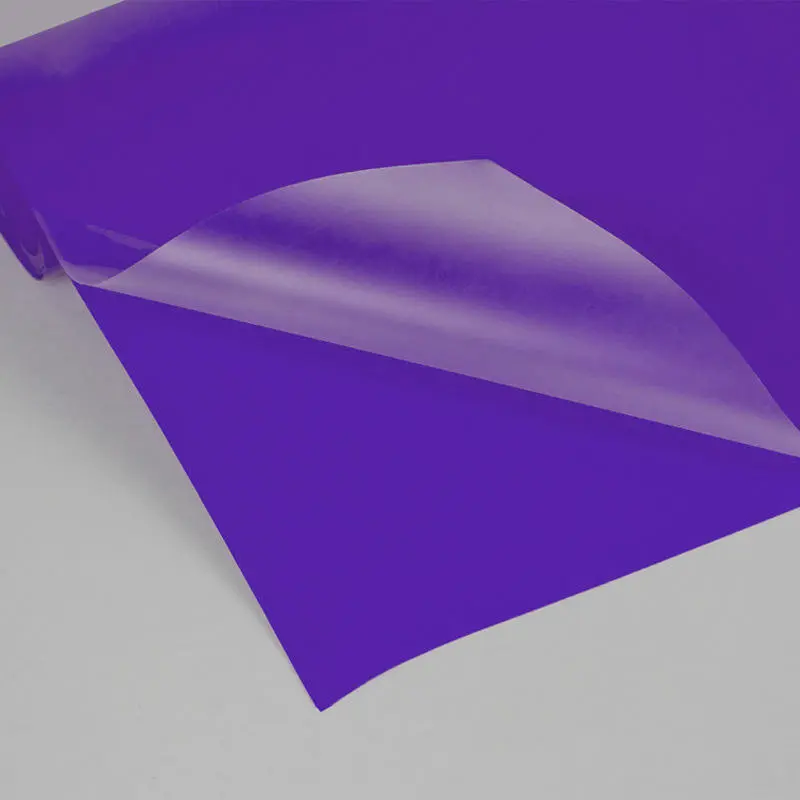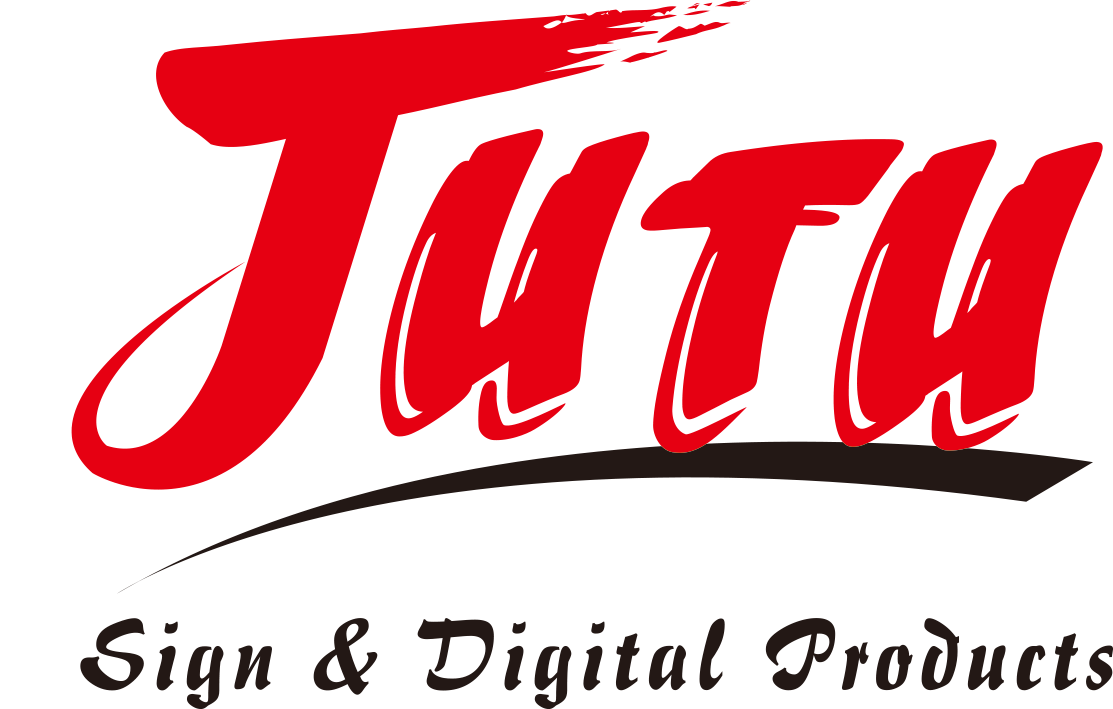Understanding PVC Heat Transfer Vinyl Technology
Core Components and Functionality
Heat transfer vinyl made from PVC consists basically of three main components: polyvinyl chloride itself, some added chemicals, and a backing layer. These parts work together to give HTV its special qualities such as being flexible enough to bend without breaking, lasting through regular wear and tear, and sticking well to surfaces. At the core we have polyvinyl chloride which forms the backbone of the material, giving it strength and stability. Then there are those extra ingredients mixed in during production. Plasticizers get added because they make the vinyl softer and easier to work with when applying to different types of fabric. Stabilizers play their part too by helping protect against fading caused by sunlight exposure. Without these stabilizers, colors would start to dull much faster than they actually do.
The way molecules are structured really affects how heat moves through materials. Take PVC for instance, since it's a thermoplastic material, when exposed to heat it gets soft enough to work with. Once we apply some pressure, it bonds pretty well with fabrics. All these parts matter during bonding, but the adhesive layer stands out because it's what makes sure the vinyl sticks properly to clothing without leaving gaps or bubbles. Research shows that various additives play a big part here too. They change how the vinyl performs in real world applications, so finding the right mix isn't just important, it's absolutely essential for getting good results when applying these materials.
Evolution of Vinyl Technology
Since vinyl first appeared back in the middle of last century, it's gone through quite a transformation thanks mostly to improvements in how we work with polymers. These chemical advances let manufacturers create special kinds of PVC materials specifically for transferring heat during production processes. A big change happened when companies started moving away from old school screen printing techniques toward heat transfer methods instead. This switch really cut down on both how long things took to make and what they cost. For the textile business, this development was pretty game changing actually. Suddenly customers could get customized designs at prices that made sense for small businesses too.
The vinyl business world has really gotten into digital stuff lately, which means designers can now create much more detailed and personalized looks than ever before. The shift towards digital methods explains why the market has grown so fast over the past few years. Looking at numbers from industry reports makes it clear just how much of a difference these tech changes have made in textiles. Take PVC heat transfer vinyl for instance it's changing the game when it comes to decorating fabrics. Textile companies are finding all sorts of new ways to apply this stuff because it works so well across different materials and production scales.

Latest Innovations in PVC Heat Transfer Vinyl
Eco-Friendly PVC Alternatives
Sustainable materials have become a big driver behind new developments in eco alternatives to regular PVC heat transfer vinyl lately. Many manufacturers are starting to look at biodegradable options as well as greener versions simply because there's so much consumer interest in products that don't harm the planet. Something pretty interesting happening right now involves experimenting with plant based stuff such as thermoplastic elastomers or TPE for short. These materials work almost exactly like standard PVC when it comes to performance characteristics but they come without all those nasty environmental side effects we associate with traditional plastics. Research shows these green alternatives cut down on carbon emissions quite a bit too. This makes them attractive not just for companies wanting to market themselves as green friendly but also for customers who actually care about what happens after they throw something away once they're done using it.
Enhanced Durability and Heat Resistance
The latest advances in PVC heat transfer vinyl materials have made them much tougher against heat damage and wear, so they work really well even in tough conditions. Manufacturers now create formulas that can handle hotter temperatures during application and still stick around after many laundry cycles without fading or peeling off. Some lab tests actually show these new versions last about 30% longer than older ones before showing signs of wear. Industry insiders report that customers love the fact their printed designs stay bright and intact for months instead of weeks. Real world examples from screen printing shops across the country back this up, with shop owners noting fewer complaints about cracked transfers and better overall job satisfaction from clients. These improvements mean businesses can confidently use PVC heat transfer vinyl not just for standard apparel but also for promotional items that need to survive frequent washing or exposure to harsh elements.
Advancements in Application Techniques
AI-Driven Design Automation
Design automation powered by artificial intelligence is changing how people work with vinyl applications, giving graphic artists a real boost since they can now create and refine designs much faster and with greater accuracy. With this new approach, designers get a better sense of how materials behave when exposed to various conditions, ultimately improving the end result. Take Adobe for instance they've started incorporating AI features directly into their creative tools, allowing artists to fine tune their work without so much trial and error. What we're seeing overall is that bringing AI into the design workflow doesn't just save time it actually raises the bar for design quality across the board, resulting in much better looking vinyl applications that stand out from traditional methods.
Multi-Layer and Stretchable Vinyl Solutions
The latest tech improvements have given rise to multi layer vinyl options that let designers craft much more detailed and textured looks, especially for clothing items. Stretchy vinyl materials are making waves in activewear circles these days because they actually move with the fabric during exercise without cracking or peeling off. According to some research from Grand View Research, companies using these newer methods report better customer feedback and stronger positions in competitive markets. What we're seeing now is brands experimenting with all sorts of creative patterns and textures while still keeping up with what consumers need from performance wear today.
Industry-Specific Applications of PVC Heat Transfer Vinyl
Textile and Custom Apparel Trends
The textile business is seeing a real surge in demand for custom made clothes these days, and that's pushing up the use of PVC heat transfer vinyl (HTV) across the board. People just want their own unique look now, right? They're not satisfied with off-the-rack stuff anymore. This craving for something different has sparked interest in bold colors and detailed artwork on clothing, thanks to better vinyl tech. Manufacturers have responded with new innovations in vinyl application that let them create complicated designs while still keeping things looking good and lasting longer. The numbers back this up too. Custom apparel markets are growing fast, and PVC HTV sits right at the heart of this movement. Industry reports point to around 5.5% annual growth between 2024 and 2028 for customized garments, showing just how essential these vinyl materials have become for brands trying to keep up with what customers actually want.
Construction and Promotional Signage
PVC heat transfer vinyl is gaining serious traction in construction work, particularly when it comes to signage needs around job sites. What makes this material stand out? It can take a beating from sun, rain, wind, and even accidental bumps without losing its integrity. The latest advances in vinyl tech have completely changed what's possible with promotional signs too. We're seeing brighter colors that last longer indoors and outdoors alike. Signs just don't fade away as quickly anymore. Contractors tell us all the time how much easier life gets when their project markers stay legible through months of exposure. Real world tests across different climates show these signs hold up against everything Mother Nature throws at them. From desert heatwaves to coastal salt spray, PVC HTV keeps looking good while doing its job properly. That's why so many sign makers and advertising agencies keep coming back to this stuff despite all the alternatives on the market.
Future Trends in PVC Heat Transfer Vinyl Technology
Integration of Smart Material Technologies
When smart materials meet PVC Heat Transfer Vinyl (HTV), something interesting happens. We're seeing fabrics that can actually change colors or react when they get wet, which is changing how we think about clothes. Fashion designers and sports gear manufacturers are especially excited about this because their customers want stuff that works better than ever before. Imagine wearing a jacket that gets lighter when it starts raining, or shoes that become more supportive during intense workouts. Industry folks aren't calling this just another fad either. They believe we're looking at a real turning point for textiles worldwide. As these tech innovations continue developing over time, expect to see clothing that fits individual needs much better while still looking great on anyone who wears them.
Global Sustainability Initiatives
The PVC sector is stepping up its game as environmental worries continue to grow across the globe. Companies in this space are working hand in hand with recycling firms and government officials to build greener supply chains from start to finish. We're seeing real progress on things like cutting down on manufacturing waste and finding ways to make those vinyl materials actually recyclable instead of just tossing them away after one use. According to research done at Keele University, what many thought was impossible - recycling old vinyl products - might not be so far fetched after all. They found that discarded vinyl can actually get turned into new stuff like garden hoses or even parts for plumbing systems around homes. Recycling numbers have been climbing steadily over recent years, which shows manufacturers really mean business when they talk about going green. For instance, some plants now track their carbon footprint month by month while others invest heavily in cleaner technologies. These changes aren't just good for Mother Nature either; they often save money too. So while vinyl production still needs work, there's definitely movement toward creating products that don't come at such a high environmental cost.
FAQ
What is PVC heat transfer vinyl (HTV)?
PVC heat transfer vinyl is a type of flexible material made from polyvinyl chloride, used to create designs and customizations on garments and other textiles through heat and pressure application.
How does PVC HTV adhere to fabrics?
PVC HTV becomes pliable when heated, allowing it to bond with fabrics. The adhesive layer in the vinyl ensures it adheres to the fabric when pressure is applied.
What are some recent innovations in PVC heat transfer vinyl?
Recent innovations include eco-friendly alternatives, enhanced durability, heat resistance, AI-driven design automation, and multi-layer and stretchable vinyl solutions.
Why is sustainability important in the production of PVC HTV?
Sustainability is crucial as it helps reduce environmental impact by minimizing waste, enhancing recyclability, and aligning with global eco-friendly initiatives.
Table of Contents
-
Understanding PVC Heat Transfer Vinyl Technology
- Core Components and Functionality
- Evolution of Vinyl Technology
- Latest Innovations in PVC Heat Transfer Vinyl
- Eco-Friendly PVC Alternatives
- Enhanced Durability and Heat Resistance
- Advancements in Application Techniques
- AI-Driven Design Automation
- Multi-Layer and Stretchable Vinyl Solutions
- Industry-Specific Applications of PVC Heat Transfer Vinyl
- Textile and Custom Apparel Trends
- Construction and Promotional Signage
- Future Trends in PVC Heat Transfer Vinyl Technology
- Integration of Smart Material Technologies
- Global Sustainability Initiatives
- FAQ

